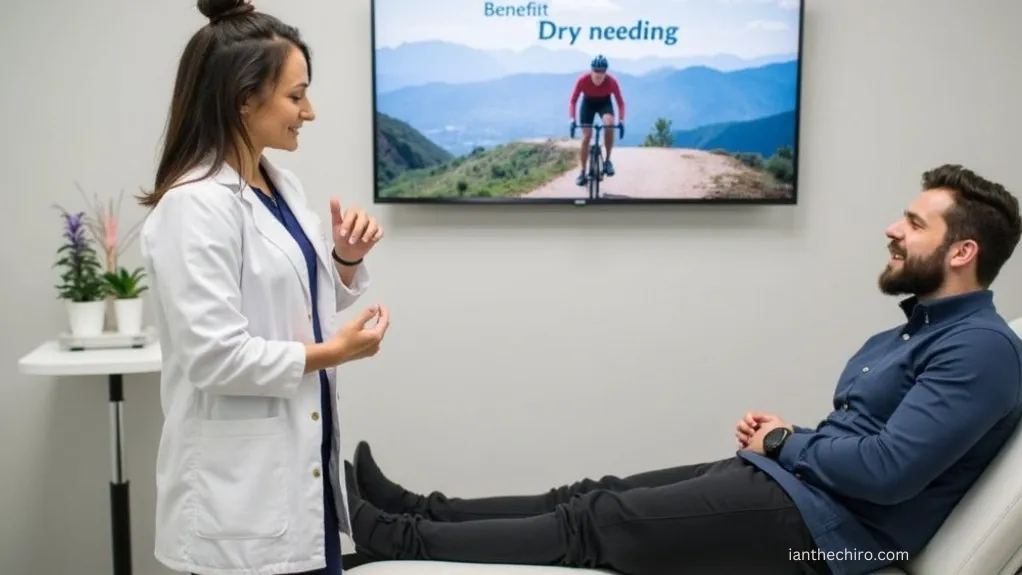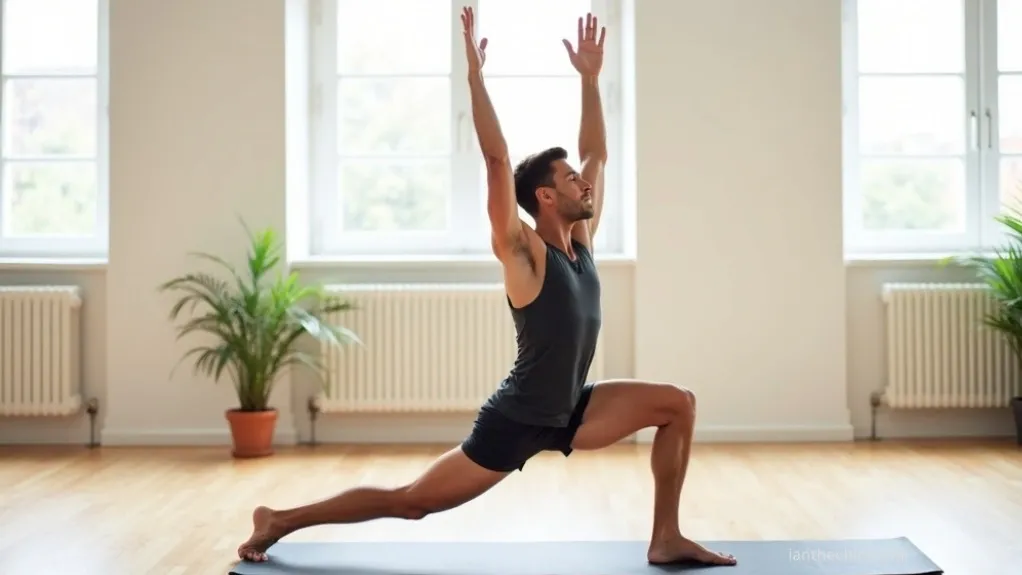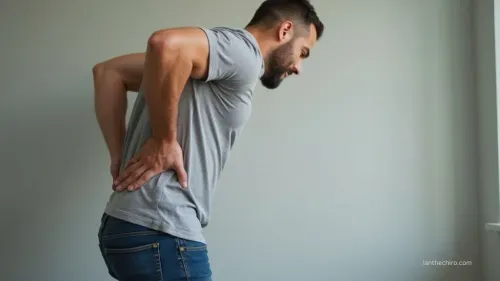Cycling Nerve Pain: Dry Needling for Malaysian Road Bikers' Numb Hands & Sciatica
If you’re a Malaysian road cyclist battling numb hands or sciatica, Ian The Chiro's dry needling targets tight muscles and trigger points that compress nerves, offering fast relief.
Adjust your bike fit, stretching routine, and strengthen your core and glutes to ease nerve pain and keep you riding longer. Pairing dry needling with these methods reduces discomfort, keeps inflammation down, and helps you bounce back quicker.
You’ll discover other practical ways to protect yourself from nerve pain further on.
Common Nerve Pain Issues Faced by Malaysian Road Cyclists

When you spend hours on your bike, it’s common to notice numb hands or tingling down your legs, these are classic signs of nerve pain that many Malaysian road cyclists face. Sciatica is a frequent complaint, caused by irritation or compression of the sciatic nerve from repetitive hip flexion and pressure from your saddle.
Tight hip flexors, hamstrings, and glutes, muscles heavily used during cycling, can compress nerves, increasing pain and discomfort. If you’re riding long distances or overtraining, muscle imbalances and trigger points may worsen these symptoms, leading to persistent numbness or tingling.
Inadequate padding and poor riding posture often increase pressure on the piriformis muscle, further irritating the sciatic nerve. Recognising these nerve-related issues early helps you take steps to avoid chronic pain.
How Cycling Posture and Nerve Compression Are Linked
Although cycling offers numerous health benefits, poor posture on the bike directly contributes to nerve compression and pain.
If your cycling posture involves excessive forward flexion or an aggressive saddle height, you're increasing stress on your glutes and the sciatic nerve.
Prolonged sitting and repetitive hip flexion, common in road cycling, tighten hip muscles and may compress the sciatic nerve, leading to sciatica or numb hands.
Weak core stability and imbalanced muscles worsen lower back strain, further aggravating nerve issues.
Even improper hand positioning on the handlebars can cause upper body tension, indirectly affecting your lower back and nerves.
Prioritise a proper bike fit, balanced muscle strength, and conscious posture adjustments during rides to minimise nerve compression and keep you pain-free on the road.
What Is Dry Needling and How Does It Work?

If you’re struggling with cycling-related nerve pain, dry needling offers a targeted, science-backed solution to relieve discomfort and restore mobility. This technique involves inserting thin, sterile needles directly into muscle trigger points, tight, sensitive spots that often contribute to nerve compression.
By creating small micro-lesions within these tense fibers, dry needling stimulates blood flow, reduces inflammation, and prompts the muscles to relax. The process is rooted in Western medical principles and focuses on addressing the muscular causes behind numb hands and sciatica, common issues among Malaysian road bikers.
Most cyclists report quick relief, sometimes after just one or two sessions, with minimal discomfort. Always guarantee a trained healthcare professional performs dry needling as part of a comprehensive approach to managing cycling nerve pain.
Benefits of Dry Needling for Numb Hands and Sciatica
Once you understand how dry needling works, you’ll see why so many Malaysian cyclists turn to it for relief from numb hands and sciatica. By targeting trigger points in your glutes, hips, and lower back, dry needling releases muscle knots that compress nerves, especially the sciatic nerve.
This helps decrease numbness, tingling, and pain in both your hands and legs. Clinical studies show that cyclists often notice rapid pain relief and better mobility after only a few sessions.
Dry needling also boosts blood flow to problem areas, speeding up healing and reducing inflammation that worsens nerve pain. When you combine this therapy with stretching and strengthening, you’ll notice fewer episodes of numb hands and sciatica, helping you ride longer and more comfortably.
Tips for Reducing Nerve Pain on Long Rides

To keep nerve pain at bay during long rides, focus on small changes that make a big difference. Start by stretching your hip flexors, hamstrings, and piriformis muscles before and after you ride, this helps reduce nerve compression linked to sciatica.
Make sure your bike fits you well; adjust your saddle height and handlebar position to minimise pressure on your sciatic nerve and hands.
Strengthen your core and glutes with targeted exercises to boost pelvic stability, which guards against nerve impingement during long sessions.
Use vibration-absorbing padding or gel seat covers for extra comfort and nerve protection.
Don’t forget to take frequent breaks, stand, stretch, and change positions to ease muscle tightness.
Consider adding needling therapy for persistent symptoms to maintain ideal nerve function.
FAQs About Cycling & Dry Needling
Will Dry Needling Help With Sciatic Nerve Pain?
Yes. Dry needling can reduce muscle tension that irritates the sciatic nerve, leading to fast pain relief and better mobility. Many cyclists report improvement within one to two sessions.
Can You Cycle With Sciatica Nerve Pain?
You can, but adjust your bike setup, warm up properly, and monitor symptoms closely. If pain increases or starts radiating, pause and get a clinical assessment before riding again.
Can Dry Needling Help With Numbness?
It can. By releasing tight muscles and improving nerve flow, dry needling may reduce numbness in the hands or legs. This often leads to more comfort and better endurance while riding.
How to Relieve Sciatic Nerve While Driving?
Adjust your seat to support hip alignment, use lumbar padding, take breaks to stretch, and engage your core slightly while seated. These strategies help reduce pressure on the sciatic nerve during long drives.
Conclusion
Why let nerve pain keep you from the rides you love?
With evidence-backed solutions like dry needling, you can tackle numb hands and sciatica head-on, no need to just grit your teeth and push through. Pair this therapy with smart cycling habits, and you’ll boost both comfort and performance.
Don’t settle for discomfort on Malaysia’s beautiful roads. Take charge of your nerve health and enjoy every ride, pain-free and powerful, from start to finish.














